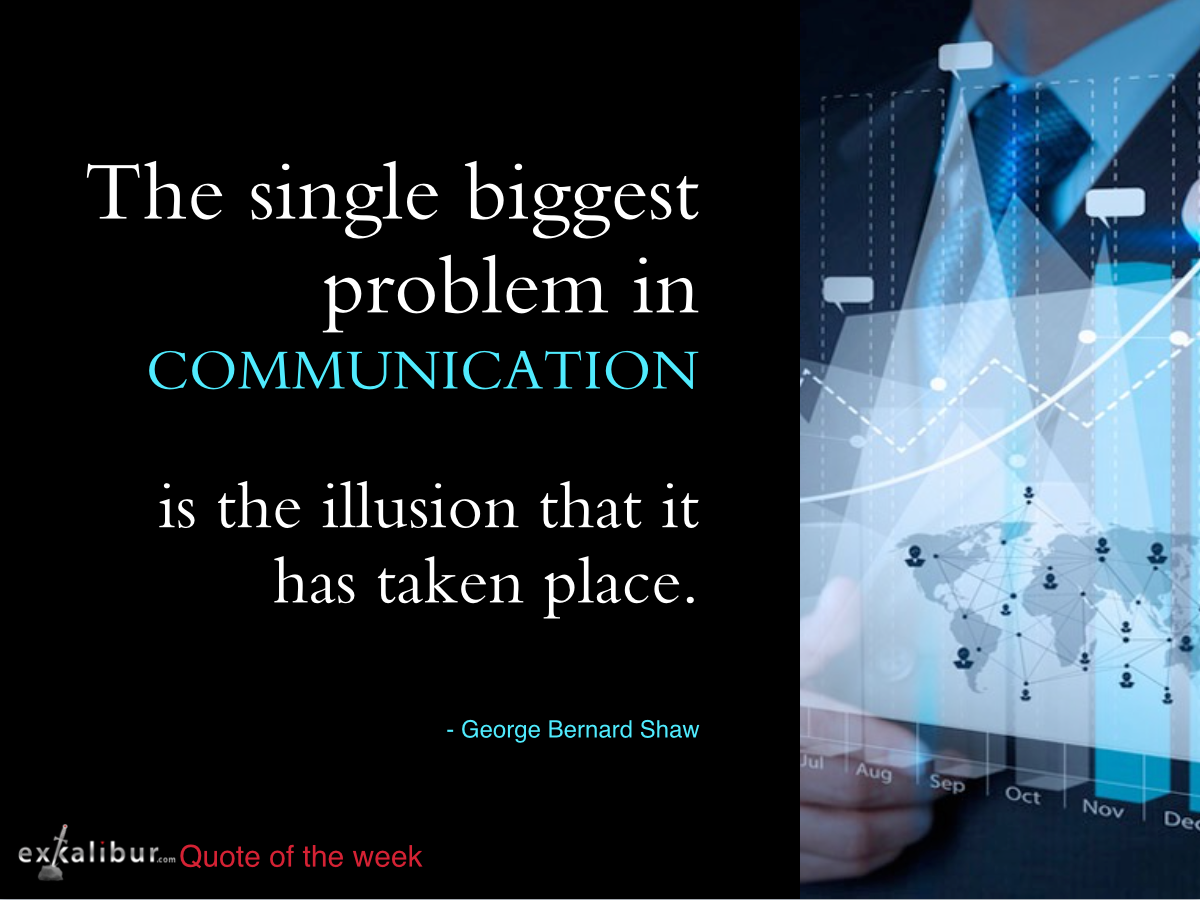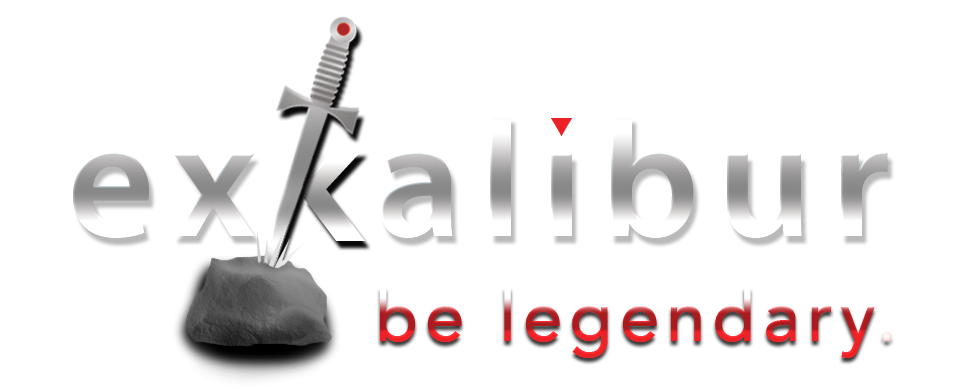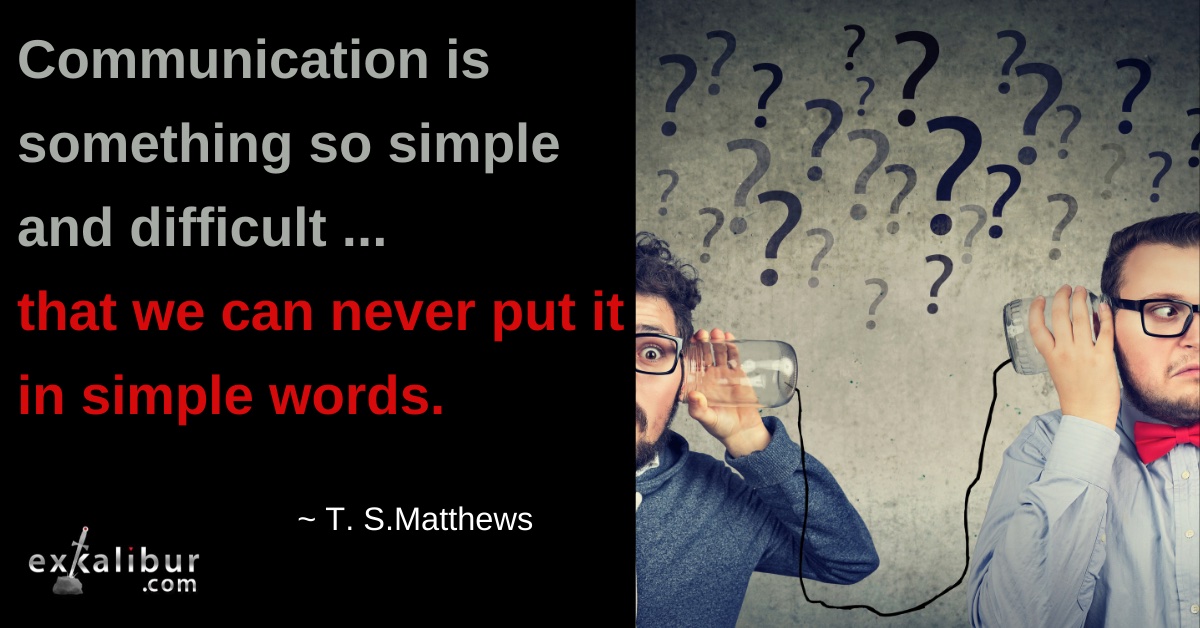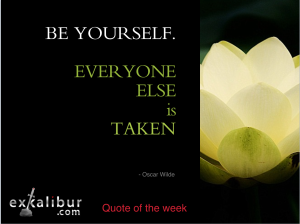One of the most popular words in the business lexicon these days is collaboration.
Everyone’s eager to flatten the organization, get rid of hierarchy, eliminate command-and-control structures and collaborate across broad multifunctional teams.

Is There Anything Really New about Collaboration?
Do we really understand collaboration and why it’s become such a ubiquitous battle cry?
On most days, I think collaboration sounds more like the newest “sheep in communication clothing”, a word designed to give new life to the vexing concepts of “communication” that remain at the root of so many of our life’s challenges.
Both terms are meant to encourage people to share information, be transparent in decision-making and work in teams across functional groups without becoming isolated in silos that neither see nor speak with each other.
Yet, one of the unforeseen byproducts of this movement is a tendency to confuse collaboration with communication.
They’re not quite the same.
Collaboration is more about cooperation while communication refers to the exchange of ideas. Siblings, perhaps, but identical twins? Not so much.

Lack of Communication is at the Root of Failed Relationships
In general, communication trumps every other reason for relationship failure. If you doub that, crawl under the hood of most marriages … or consider many employer–employee relationships … even child-rearing experts emphasize the critical importance of communication skills.
Without honest conversation and candid feedback, the promise of collaboration as a substitute for a “failure to communicate” won’t make the slightest difference.
Collaboration is also NOT the same as consensus
In too many organizations, collaboration also leaches into consensus-building, but they are hardly the same. “Collaborating“ doesn’t mean there’s a consensus about anything … other than collaborating.
Consensus and collaboration are not proxies for weak or irresolute decision-making or surrogates for ineffectual leadership.
3 Simple Rules to Make Sure You Get Collaboration Right Click to Tweet
Here are 3 Rules to Help You Get This Right
1. Recognize that Collaboration & Communication are Kissing Cousins
In their essence, they’re closely related but they’re not identical twins.
Communication is about exchanging views, encouraging direct dialogue and honest feedback, and wrestling with the conflicts and differences that will emerge from that process.
Promote widespread communication, and you’ll find collaboration sitting close by.
2. Collaboration ≠ consensus.
Consensus is not a substitute for decision-making.
Your job is to make the right decisions, not to get everyone to agree on your decision.
3. Leadership = Communication
Dig deeper into the communication challenges within your organization.
Don’t be fooled by a buzzword like collaboration when it’s used to mask a broken communication process whose fixing is long overdue.
As a leader, you have the “A” for accountability to make sure that communication is a driving force in your culture and that things still get done even if collaboration falls short of its objectives.
Collaborate to get fresh ideas, challenge old ones and endlessly communicate the expectations you have for your team.
Question: What’s the #1 Best Practice you’ve learned to make collaboration work as intended?
How would you answer that? Let me know and we’ll build on that to expand our discussion of these ideas and concepts. If you’re active there, you can connect with me on LinkedIn. You can also find me on our Building a Business page on Facebook or on Twitter.




